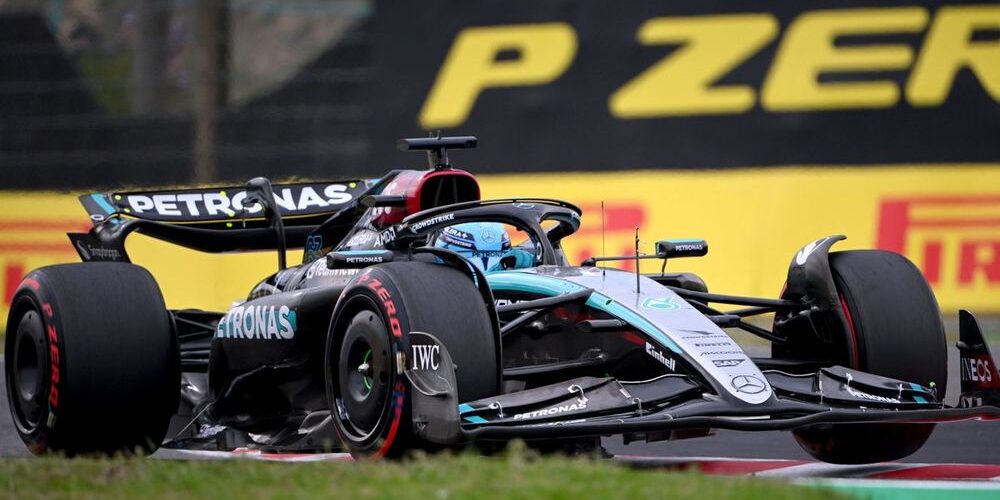A team’s prospects of winning on the track are determined by the performance of its vehicle in the fast-paced Formula 1 environment, where every millisecond counts. The gifted Mercedes driver George Russell recently provided some insight into the team’s difficulties during the qualifying round of the Japanese Grand Prix. As Russell himself explains, let’s examine the specifics and learn the nuances of Mercedes’ unreliability.
Recognizing the Qualifying Error
Russell finished in the coveted ninth place during the Japanese Grand Prix qualifying session, with teammate Lewis Hamilton following in seventh. The fact that Russell was much behind pole sitter Max Verstappen by 0.811 seconds added to this setback. Russell blamed a mistake he made in the last section of his qualifying lap, which lost him crucial time, for some of the gap.
Low-Fuel Runs’ Function
Russell offers insightful explanations that shed light on the subtleties of Formula 1 racing. He emphasized how low fuel runs may accentuate an automobile’s flaws, especially when navigating fast turns. The characteristics of turns alter as the fuel load drops, further taxing the vehicle’s performance. This issue was most noticeable in qualifying, when the Mercedes W15’s difficulties in fast corners were aggravated by lower fuel loads.
Finding Your Advantages and Disadvantages
Russell stressed how critical it is to comprehend the Mercedes W15’s advantages and disadvantages. The vehicle does well in low- and medium-speed turns, but it struggles in the track’s high-speed areas. As gasoline is withdrawn, this difference is more noticeable, which causes the car to perform worse in qualifying sessions.
Handling Technical Difficulties
Russell said that Mercedes is introducing extreme test items to enhance the vehicle’s performance at high speeds in order to overcome these obstacles. There’s still a lot of space for development in high-speed parts even with the car’s encouraging performance in low- and medium-speed turns. Russell’s comments highlight the need for constant technological advancement and improvement in Formula 1 racing.
The Race Calendar’s Effect
Russell also emphasized how Mercedes’s performance is affected by the race schedule. The squad had extra difficulties at the start of the season because of the series of fast circuits. A more varied selection of courses, especially ones with various types of corners, may have given Mercedes a different impression at the beginning of the season.
Final Thoughts
In conclusion, George Russell’s observations provide an understanding of the difficulties encountered by teams like Mercedes and the intricacies of Formula 1 racing. In order to be competitive on the track, it is critical that they comprehend and resolve technological problems. Mercedes hopes to get over its inconsistent performance and take back the lead in Formula 1 racing with further technological work and tactical changes.



